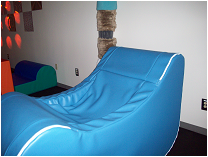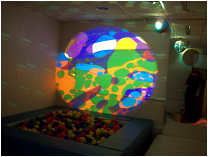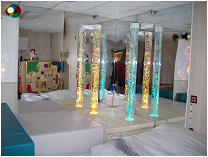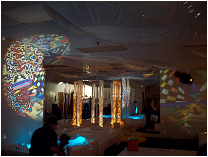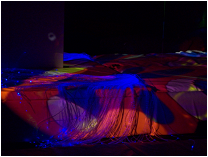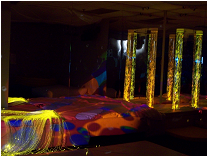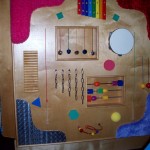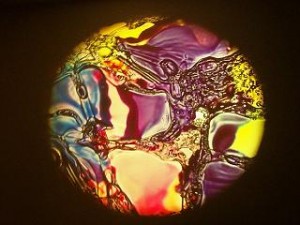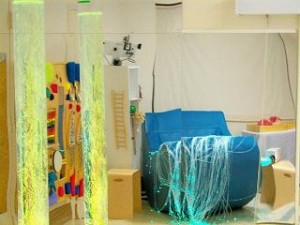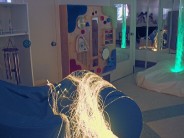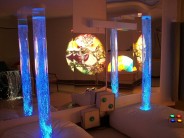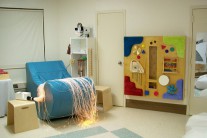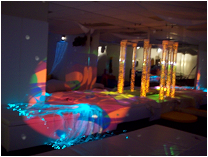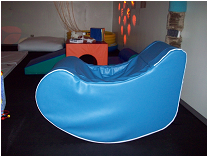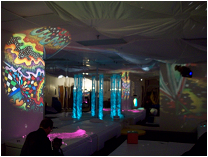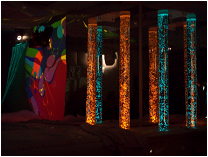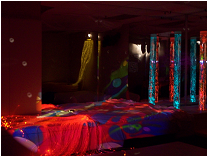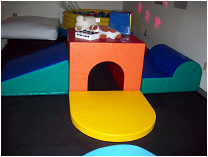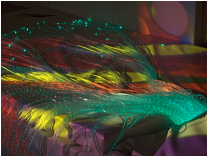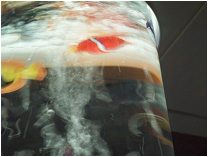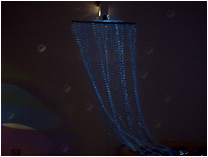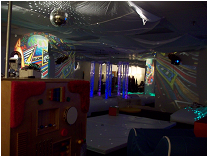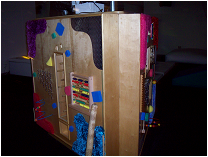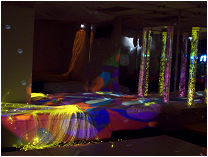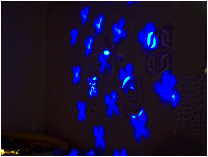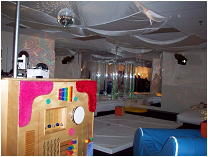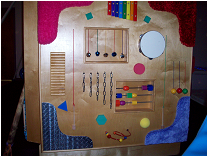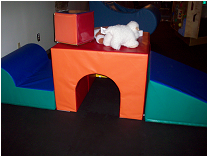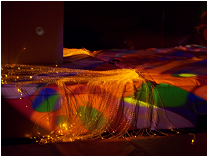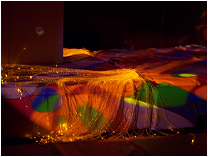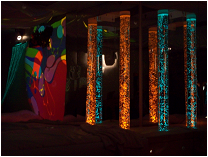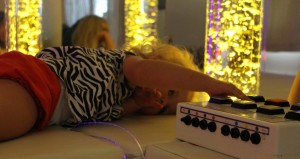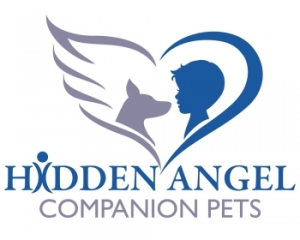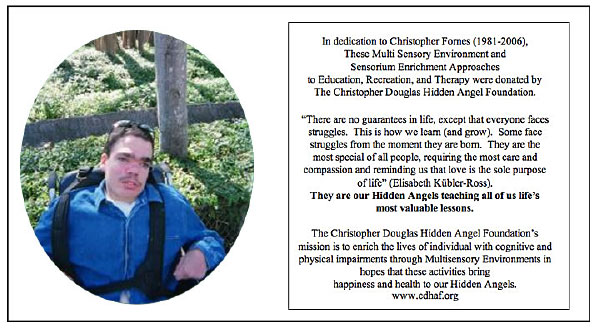“There are no guarantees in life, except that everyone faces struggles. This is how we learn (and grow). Some face struggles from the moment they are born. They are the most special of all people, requiring the most care and compassion and reminding us that love is the sole purpose of life.”– Elisabeth Kübler-Ross
These are our Hidden Angels – teaching all of us life’s most valuable lessons.
The Science
The philosophy behind the new HACP program (and CDHAF) is that sensory stimulation, delivered through enriched environments and human-animal interaction, can be a powerful tool to impact the development and function of the brain and ultimately improve quality of life across a number of dimensions. Numerous anecdotes as well as empirical behavior studies and brain research have shown these benefits in both humans and animals.
Anecdotes: There are a large number of anecdotes, and more emerging every day, of successful experiences using pets to benefit the populations the new program aims to target. A few recent examples:
- In several Arizona schools, therapy dogs are being used in classrooms with students who have autism and intellectual difficulties. Teachers report that petting and interacting with the dogs helps students ease their frustrations and teaches responsibility.
- A boy with autism experienced a significant reduction in social anxiety and improved performance at school after receiving a pet dog. Despite previous therapy and family support, the relationship with the dog was the intervention that finally led to a meaningful improvement. Notably, the dog was a rescue dog that was able to effectively become a companion dog for the boy, a model that is also being considered for the new program.
- A boy who was in an accident that caused a traumatic brain injury experienced a noticeable improvement in awareness and responsiveness as a result of interaction with a therapy dog in the hospital. The improvements were recognized even with only periodic interactions with the dog.
Empirical studies: Studies have shown a variety of meaningful benefits to humans of interaction with animals, including:
- Pets provide therapeutic benefits such as companionship, love, humor, play, exercise, a sense of power and outlets for displacement, projection and nurturance;
- Talking to animals and the tactile experience of petting animals reduces stress and enhances physical health (including lowering blood pressure and reducing heart rate) and longevity;
- Animals enhance psychological development, improve social skills, increase independence, and increase self-esteem;
- Animals can be a source of comfort and contribute to ego strength among children;
- The human-animal bond supports empathy development, the ability to form and express attachments, and the reaction to grief and loss; and
- Dogs help increase activity among those with disabilities, prevent childhood obesity, promote recovery after a heart attack, and encourage walking in the elderly.
Studies have also shown the impact on animals of the level of enrichment in their environments, which is central to the development program for the dogs. Numerous studies on mice and rats show benefits such as reduced anxiety and stress, improved learning and memory, and improved resistance to disease in pups that receive stimulation early in life. Similarly, animals kept in zoos or other confined environments that lack sensory stimulation have been shown to develop abnormal and problematic behaviors indicative of stress. Evidence also exists for dogs specifically. The Bio Sensor program developed by the U.S Military used sensory stimulation on military dogs while they were puppies to produce lasting effects on performance and make them more adaptable and able to deal with “tough” situations.
Brain research has revealed the impact of sensory stimulation on the brains of humans and animals, which ultimately leads to the benefits noted previously. Sensory stimulation (which can come from enriched environments or human-animal interaction) has been linked to the release of various neurotransmitters in the brain and improved brain plasticity and neural development. Specifically, human-animal interaction has been linked to increased levels of oxytocin (linked with happiness and bonding), dopamine (linked to energy), endorphins (linked to feelings of pleasure), serotonin (linked to mood balance) and phenethylamine (linked to feelings of elation) are increased and decreased levels of cortisol (associated with stress). These effects have been shown in both humans and their companion animals.
Research has also shown lasting impact on the structure of the brain linked to sensory stimulation. Prolonged isolation and lack of sensory stimulation has been shown to lead to a diminution of the dendritic network in the frontal cortex. Related, the brains of wild wolfs, which are naturally exposed to a richer sensory environment, are larger than those of domestic dogs. On the other hand, mice raised in sensory enriched environments have been shown to have enhanced synaptic connections and an increase in brain cells.
Resources for this information:
- www.azcentral.com/story/news/local/tempe/2014/09/08/therapy-dogs-school-disabled-kids/15269893/
- sfglobe.com/?id=12671&src=fbfan_12671
- www.ijreview.com/2014/09/177857-stunning-change-occurs-injured-little-boy-meets-inspiring-therapy-dog/
- Holly McLean Ryan, “The Use of Dogs in California Public Schools”, 2002
- American Psychological Association Allen & Blascovich, The value of service dogs for people with severe ambulatory disabilities – A randomized controlled trial, Journal of the American Medical Association, 1996 Cofas & Makinodan, 2012 Mason, 1991; Mason et al, 2007; Wells, 2009b
- www.apd.army.mil, 1993
- “Animal-assisted therapy in mental health”, The SCAS Journal, Autumn 2010 Bateson, 1981; Verdoux and Bourgeois, 1991 Giza, Griesbach, & Hovda, 2005

